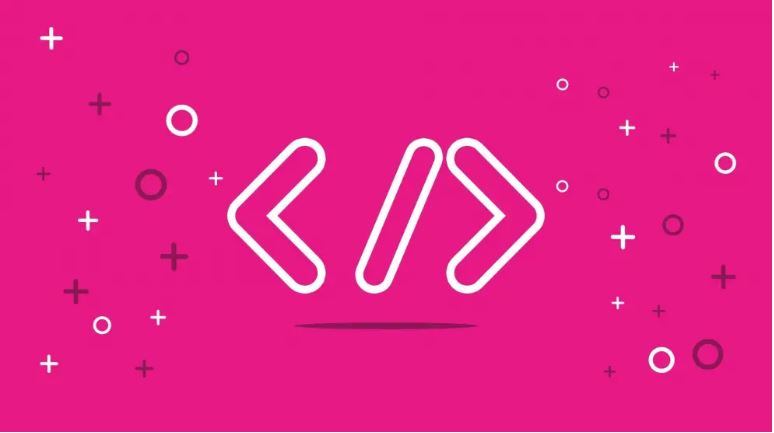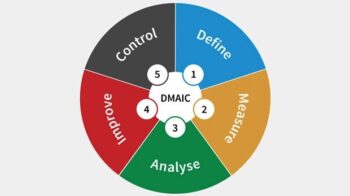
You want to know what ASCII code is all about? We have put together the most important information for you.

If you are interested in programming, sooner or later you will run into the word “ASCII” (pronounced aski). Below we will show you what this code is all about. In addition, we have put together some ASCII tables for you.
- What is the ASCII code?
- ASCII tables
Also Read : What is the difference between a++ and ++a in coding?
Table of Contents
What is the ASCII code?
ASCII stands for “American standard code for information interchange”, thus American standard code for the information exchange. In this system, each coded character is assigned to a 7-bit code. These seven bits are then often represented in binary code, that is, with seven digits that can contain either a 0 or a 1. This binary code can then be converted back to decimal code so that whole sentences can be displayed in just a few sequences of numbers.
Meanwhile, the ASCII code, which was standardized in 1963, already considered relatively old and has now been replaced by a quasi-evolution Unicode. But for the time, the development of the ASCII code was almost revolutionary, as it standardized the basic coding of characters and control in computers. ASCII code is still found in many areas of programming, such as the coding of an Internet address, the URL. More information about the history and the background of the ASCII code can be found here.
Important: Do not confuse the ASCII code with the ANSI code. The first 127 characters of both codes are the same, but the following characters are different.
ASCII tables
Letters
We have compiled some letters here by way of example. You can simply continue the letter sequence by simply continuing counting in the decimal code. So the C is assigned to the number 67. So the D is 68 in decimal code.
| binary code | decimal | ASCII characters |
| 1000001 | 65 | A |
| 1000010 | 66 | B |
| 1000011 | 67 | C |
| … | … | … |
| 1011000 | 88 | X |
| 1011001 | 89 | Y |
| 1011010 | 90 | Z |
| 1100001 | 97 | a |
| 1100010 | 98 | b |
| 1100011 | 99 | c |
| … | … | … |
| 1111000 | 120 | x |
| 1111001 | 121 | y |
| 1111010 | 122 | z |
Numbers
| binary code | decimal | ASCII code |
| 0110000 | 48 | 0 |
| 0110001 | 49 | 1 |
| 0110010 | 50 | 2 |
| 0110011 | 51 | 3 |
| 0110100 | 52 | 4 |
| 0110101 | 53 | 5 |
| 0110110 | 54 | 6 |
| 0110111 | 55 | 7 |
| 0111000 | 56 | 8th |
| 0111001 | 57 | 9 |
Special characters & symbols
| binary code | decimal | ASCII code |
| 0101110 | 44 | , |
| 0101100 | 46 | . |
| 0100001 | 33 | ! |
| 0111111 | 63 | ? |
| 0101000 | 40 | ( |
| 0101001 | 41 | ) |
| 0101011 | 43 | + |
| 0101101 | 45 | – |
| & | 61 | = |
| 0100110 | 38 | & |
Also Read : Why is Python chosen from other programming languages for AI and machine learning?



